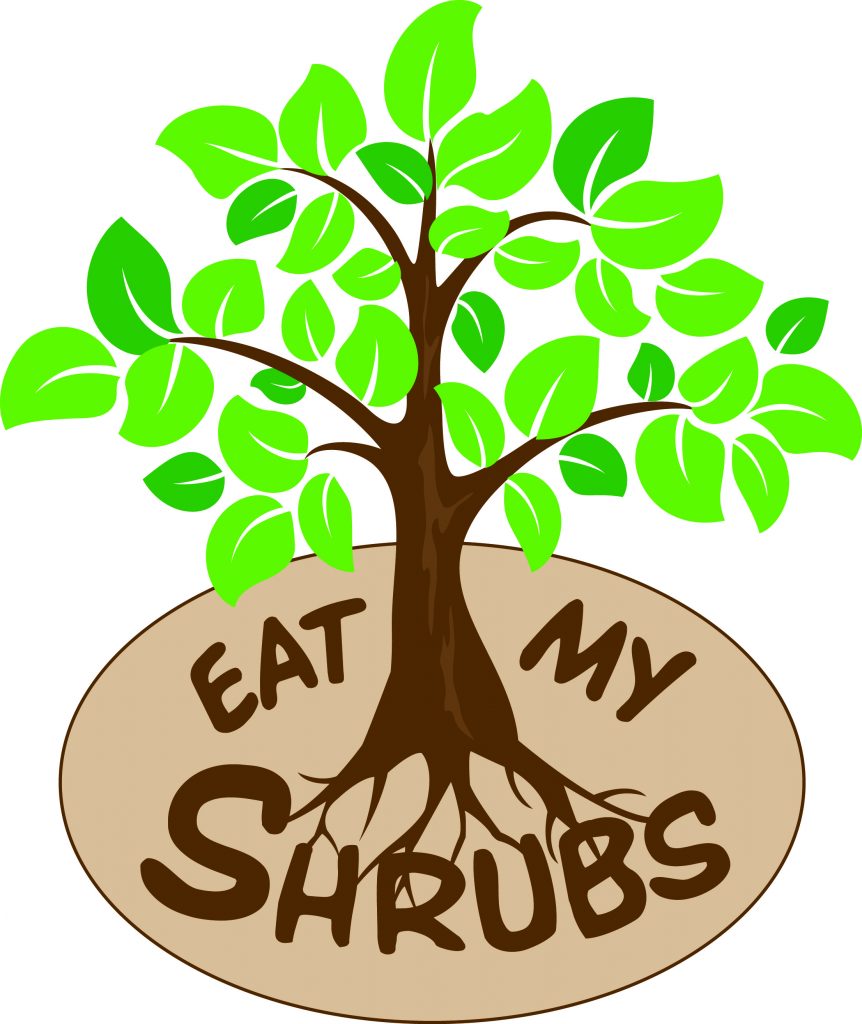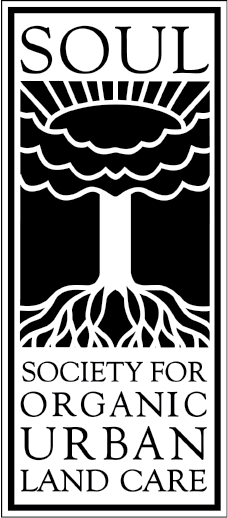indicator plants
Now that the snow has seemingly slowed for the foreseeable future. At least where we are here, south of Calgary, Alberta. We can start to think about growing things in our gardens again. The first thing for many people, especially in urban settings, is the lawn. Grass being one of the first things to turn green and make us think about summer and being outside…..6 feet from everyone else of course.
As the new green shoots of grass come up through last years brown. The broader leaved plants begin to show up as well. This is the time to spend looking at what is growing around your yard. The plants that will do the best are the plants growing in soil that is suited for them, in an area of light that follows suit.
By identifying what plants are growing, we can then decide what we need to do to either, enhance their growing, or changing something to deter them from growing, and encourage something else to grow.
Some indicator plants that are common in our lawns & gardens are listed below with a few things that they may indicate about the soil. I also included some benefits that these plants actually bring to the soil.
They are there doing a job after all. If we remove them, we now have to do that job. Best to know what the job is.
White Clover
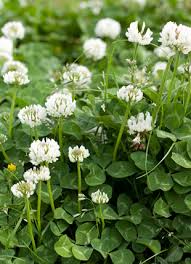
Indications: High Magnesium & Chlorine levels. Good drainage. Compacted soil
Benefits: Fixes Nitrogen in the soil, helps to loosen compaction, suppresses other plants from growing, edible plant and flower
Dandelions

Indications: Very low Calcium level. High Potassium and Chlorine levels. Compacted soil with low hummus levels.
Benefits: Puts Calcium in the soil, helps to loosen compaction, some of the first food sources for pollinators in the spring, edible plant, flower, and root.
Toadflax
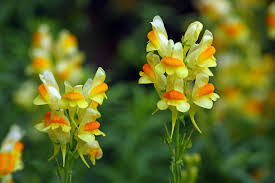
Indications: Low Calcium level. Low hummus levels and very little bacteria in the soil.
Benefits: Though some species are invasive, they bring nutrients and ground cover to bare and discarded land. Medicinal uses and the bees love them.
Plantains
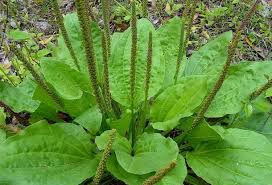
Indications: Low Calcium except broadleaf variety which indicates a high Calcium level. High nutrient levels but low hummus and moisture levels.
Benefits: Brings nutrients to the soil and provides ground cover, helps to loosen compaction, many medicinal uses as well.
Chickweed
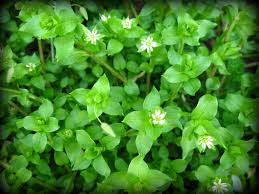
Indications: Low Calcium levels but high Magnesium. Low hummus levels and sandy soil.
Benefits: Helps to loosen compaction, improves soil fertility, provides ground cover and erosion control, edible plant and flower.
Leafy Spurge
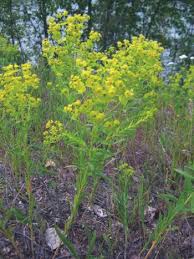
Indications: Very low Calcium and Phosphorus levels. High in Magnesium and and Potassium. Low hummus in sandy soil. High Aluminum level.
Benefits: Though considered invasive in many places, it will grow where most other things won’t, provides erosion control, ground cover and brings nutrients to bare soil.
Common Tansy
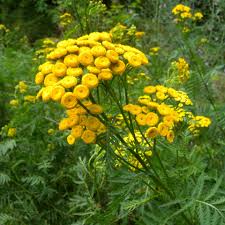
Indications: Low Calcium and hummus levels. High magnesium level. Low soil porosity, bacteria levels, and poor drainage.
Benefits: considered noxious in some places, the scent will confuse insects away from vegetable crops, accumulates potassium in soil, many medicinal uses as well.
Knotweed

Indications: Low in Calcium but high in Magnesium. Anaerobic, compacted soil with poor drainage.
Benefits: Helps loosen compacted soil, good for wind protection and erosion control, it will grow anywhere and can be very invasive. This plant will grow through a crack in concrete or asphalt.
Ox-Eye Daisy
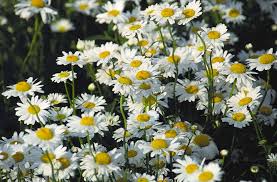
Indications: Low Calcium but very high Magnesium levels. Low hummus and bacterial activity.
Benefits: Great food for pollinators, brings nutrients and ground cover to depleted soil, many medicinal uses as well. Considered noxious in some places.
Crabgrass
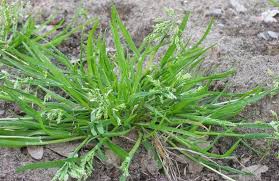
Indications: Low Calcium but very high Magnesium levels. Low hummus levels with poor drainage.
Benefits: Provides ground cover to bare, salt damaged, degraded soil. Will grow where most plants won’t.
Quack grass
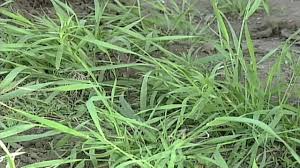
Indications: Low Calcium but very high Magnesium levels. Low hummus level. Anaerobic, compacted, sandy soil.
Benefits: Helps control soil erosion, Provides ground cover to bare, salt damaged, degraded soil. Will grow where most plants won’t.
Perennial Sow-Thistle
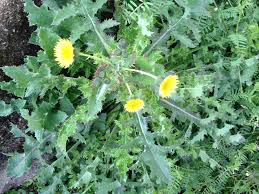
Indications: Very low Calcium but high Magnesium levels. Low hummus level but good drainage.
Benefits: Brings a number of nutrients into the soil including Calcium, and Potassium. Provides ground cover to bare soil, many medicinal uses as well.
Lamb’s Quarters
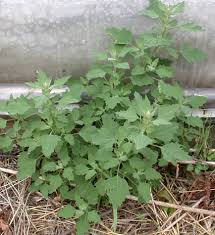
Indications: Low Potassium and Phosphorous levels in particular but, degraded soil.
Benefits: A dynamic nutrient accumulator and nitrogen fixer. Provides ground cover to bare, degraded soil, edible leaves and many medicinal uses as well.
Many of these indicator plants have other benefits not listed above. Every plant can be an indicator, as they will grow best in soils and locations best suited for them. The healthier the plant, the better the conditions are for it. This is true for plants we want to grow as well as those we do not. Check out some of theses pages as well.
Plants that perform double duty
Aromatic pest repelling plants
